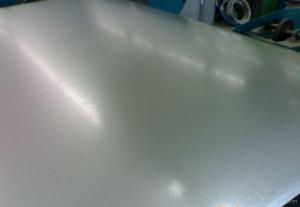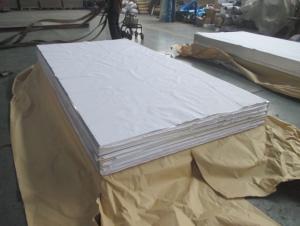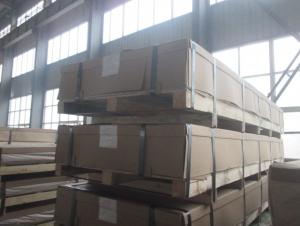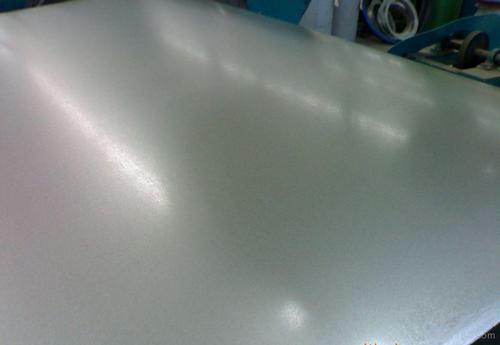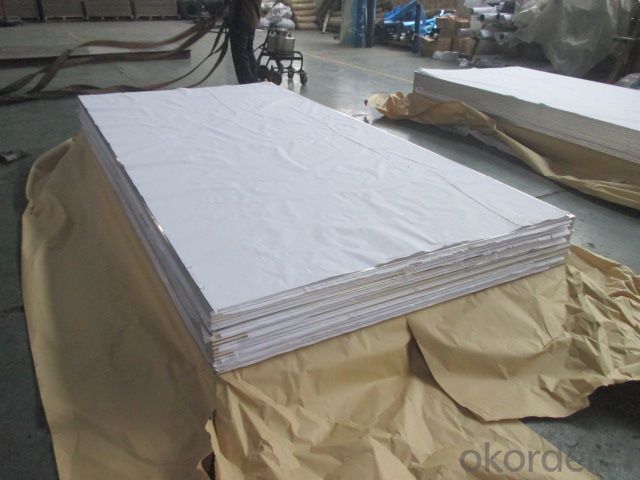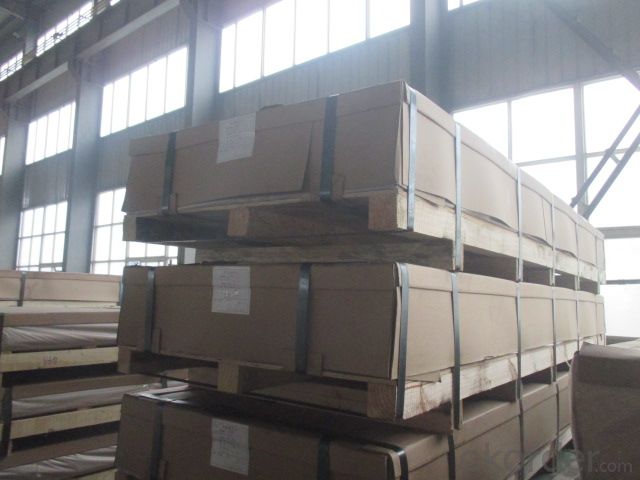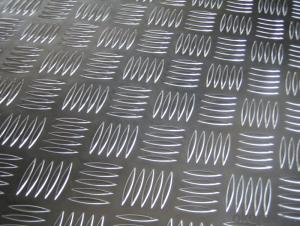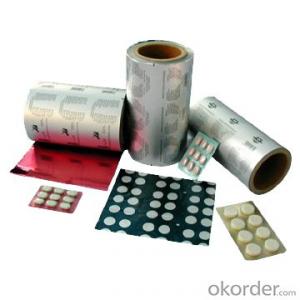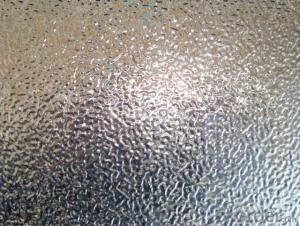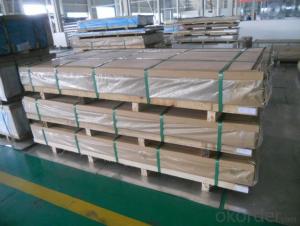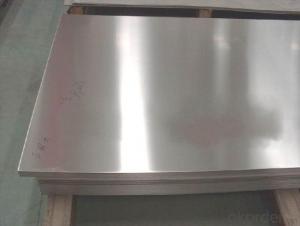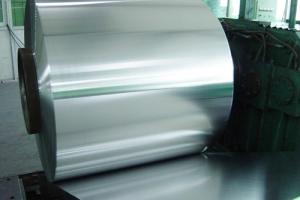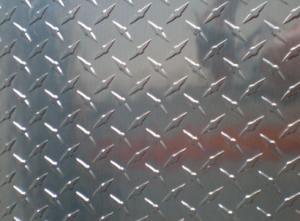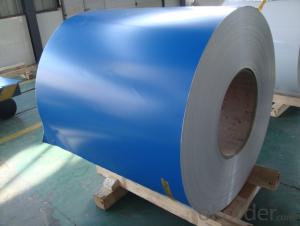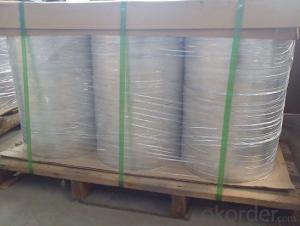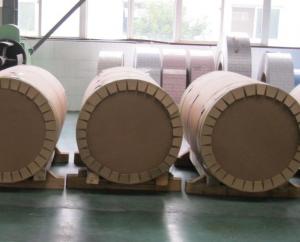Self Adhesive Cold Rolled and Hot Rolled Aluminum Sheets
- Loading Port:
- Shanghai
- Payment Terms:
- TT or LC
- Min Order Qty:
- 3 m.t.
- Supply Capability:
- 5000 m.t./month
OKorder Service Pledge
OKorder Financial Service
You Might Also Like
1.Structure of Product Description
Hot rolled and hot drawn and cold drawn and cold rolled aluminum sheet is widely used in the field of construction field and decoration field, etc. we ever exported to several different countries, etc.
There are many different grades, such as: 1000 series, 8000 series, 2000 series, 3000 series, 5052,5754,5083,6061,6063,8011, etc.
The temper is include H14, H22, H24, O,F, H44,H112,H114,etc.
2. Main features of the product
a.Competitive price
b.Frist-Class Service.
c. Shortest service.
3. Image.
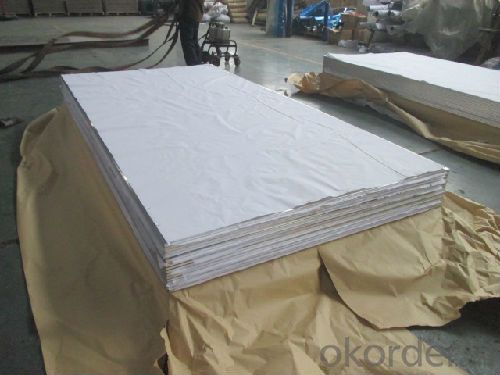
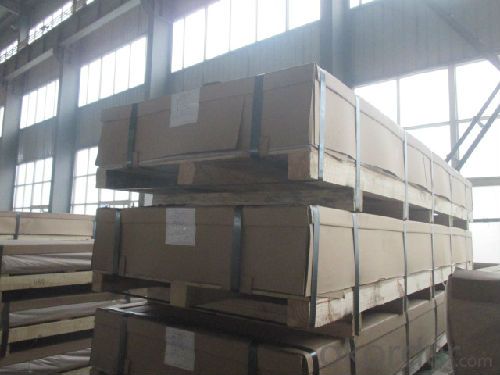
4. Product detailed sizes:
1000mm*2000mm, 1219mm**2440mm, 1250mm*2500mm,1500mm*3000mm, etc.
5. FAQ:
What is the quality standard?
---Usually our standard is GB3880-2006 or others.
What is the width range?
---It is from 1000mm to 2500mm, etc.
---Normally it is around 9000 tons totally.
Where is your client from?
---Normally it is from Japan, USA, ENGLISH, SINGAPORE, ETC.
What is your mainly products?
---Normally they are aluminum sheet, checkered sheet, mirror finish aluminium sheet, aluminum casting coil, etc.
- Q: Can aluminum sheets be used in aerospace industries?
- Yes, aluminum sheets are commonly used in aerospace industries. Aluminum is a lightweight and corrosion-resistant material that possesses excellent strength-to-weight ratio, making it ideal for various aerospace applications. It is used in the construction of aircraft structures, such as wings, fuselage, and landing gear, due to its ability to withstand high stress and pressure. Additionally, aluminum sheets are easily formable and can be fabricated into complex shapes, contributing to the design flexibility required in the aerospace industry. However, it is important to note that aluminum alloys are typically used in aerospace applications rather than pure aluminum, as they offer enhanced mechanical properties and improved performance.
- Q: the amp setting when welding aluminum tig? and what color should the electrode feeder be bronze or chrome grey? u know the one u use with your hands
- Best electrodes to use for Aluminum welding is 1.5% lanthanum oxide (gold color code.). 2% zirconia (brown) or 2% thorium oxide (red) can also be used. Note that zirconia-doped electrodes should never be used for DC welding. A lot of welders like to quote offhand the rule 1 amp for every 0.001 inch of thickness. This applies to steel, stainless, and nickel alloys only. Due to the lower melting point, lower specific heat capacity, and higher thermal conductivity of of Al, this rule should NOT be used for Al! I recommend welding a test piece first with the same joint configuration and thickness of the part you intend to weld. Note that fillet welds require more current than butt welds or edge welds. Start out by using 2/3 amp per 0.001 of thickness, in other words, reduce the current of the above rule by about 30-40% . Make 3 test weld, then check to see if there's any visible penetration on the other side. If you don't see any through-pentration at all, increase the current by about 10-20 amps and test again.
- Q: A 0.250-g sample of a magnesium-aluminum alloy dissolves completely in an excess of HCl (aq). When the liberated H2 is collected over water at 29 C and 752 torr, the volume is found to be 311 mL. The vapor pressure of water at 29 C is 30.0 torr. What is the mass percentage of aluminum in this alloy?
- Aluminum Magnesium Alloy
- Q: This question asks about the various types of aluminum sheets that are suitable for use in exterior applications, specifically those that can withstand outdoor conditions.
- <p>Aluminum sheets used for exterior applications come in various types, each with specific properties to withstand weather and environmental conditions. These include: 1. Mill Finish Aluminum Sheets: These have a natural aluminum finish and are used for applications requiring a raw, industrial look. 2. Anodized Aluminum Sheets: These are aluminum sheets that have been treated to increase their resistance to corrosion and wear. 3. Painted Aluminum Sheets: These are coated with a layer of paint for added protection and aesthetic appeal. 4. Embossed Aluminum Sheets: These have a textured surface and are used for decorative purposes or to provide a non-slip surface. 5. Perforated Aluminum Sheets: These are aluminum sheets with holes punched through them, used for ventilation or decorative purposes. Each type is chosen based on the specific requirements of the exterior application, such as durability, aesthetics, and environmental resistance.</p>
- Q: Can aluminum sheets be used in marine environments?
- Indeed, aluminum sheets prove to be applicable in marine settings. Owing to its exceptional resistance to corrosion, aluminum stands as a prevalent choice for various marine purposes. The formation of a safeguarding oxide layer on its exterior inhibits further corrosion when exposed to saltwater or other corrosive substances commonly present in marine environments. Possessing both lightweight and robust properties, aluminum sheets become an optimal selection for a range of marine structures including boat hulls, decks, and superstructures. Furthermore, aluminum exhibits remarkable durability and an extended lifespan, thereby enhancing its appropriateness for marine applications.
- Q: Explain the distinction between aluminum sheets based on their thickness.
- <p>Aluminum sheets with different thicknesses primarily differ in their strength, weight, and applications. Thicker sheets offer greater strength and rigidity, making them suitable for structural applications or heavy-duty uses. In contrast, thinner sheets are lighter and more flexible, ideal for applications requiring formability or where weight is a concern, such as in the automotive or aerospace industries. The choice of thickness depends on the specific requirements of the project, including load-bearing needs, durability, and aesthetic considerations.</p>
- Q: The question asks if it is possible to recycle used aluminum foil to create new aluminum sheets.
- <p>Yes, recycled aluminum foil can be used to make new aluminum sheets. The process involves collecting and sorting the foil, which is then cleaned and melted down. The molten aluminum is poured into molds or rolled into sheets, creating new aluminum products. This recycling method is not only environmentally friendly but also economically viable as it saves energy compared to producing aluminum from raw materials.</p>
- Q: Can 101 aluminum sheets be recycled?
- Yes, 101 aluminum sheets can be recycled. Aluminum is highly recyclable, and the recycling process for aluminum is quite efficient. By recycling aluminum sheets, valuable resources can be conserved, energy can be saved, and greenhouse gas emissions can be reduced. Recycling aluminum also helps in reducing landfill waste and the need for mining new aluminum ores. Therefore, it is recommended to recycle 101 aluminum sheets to contribute to a more sustainable and environmentally friendly future.
- Q: How do you determine the thickness tolerance of an aluminum sheet?
- To determine the thickness tolerance of an aluminum sheet, several factors need to be considered. Firstly, it is important to refer to the industry standards and specifications for aluminum sheets. These standards typically provide guidelines and tolerances for various thicknesses of aluminum sheets, which can vary depending on the specific alloy and grade of the material. Next, it is crucial to use precise measuring equipment such as calipers or micrometers to accurately measure the thickness of the aluminum sheet. Multiple measurements should be taken at different locations on the sheet to account for any potential variations. Once the measurements are obtained, they should be compared to the specified thickness tolerance provided by the industry standards. The tolerance typically represents the acceptable range within which the actual thickness of the sheet can vary. For instance, if the specified thickness tolerance is ±0.002 inches, it means that the sheet's thickness can vary within this range. If the measured thickness falls within the specified tolerance range, the sheet is considered to be within tolerance. However, if the measured thickness exceeds the upper or lower limit of the tolerance range, it indicates that the sheet is out of tolerance and may not meet the required specifications. In some cases, it may be necessary to consult with the manufacturer or supplier of the aluminum sheet to determine the specific tolerance requirements for a particular application. They can provide additional information and guidance regarding the appropriate thickness tolerance to ensure the sheet meets the intended purpose. Overall, determining the thickness tolerance of an aluminum sheet involves following industry standards, using accurate measuring equipment, and comparing the measured thickness to the specified tolerance range. This helps ensure that the sheet meets the required specifications and can be used effectively in various applications.
- Q: Are the aluminum sheets suitable for manufacturing heat exchanger tubes?
- Yes, aluminum sheets are suitable for manufacturing heat exchanger tubes. Aluminum has excellent thermal conductivity, corrosion resistance, and is lightweight, making it an ideal material for heat transfer applications.
Send your message to us
Self Adhesive Cold Rolled and Hot Rolled Aluminum Sheets
- Loading Port:
- Shanghai
- Payment Terms:
- TT or LC
- Min Order Qty:
- 3 m.t.
- Supply Capability:
- 5000 m.t./month
OKorder Service Pledge
OKorder Financial Service
Similar products
Hot products
Hot Searches
Related keywords
